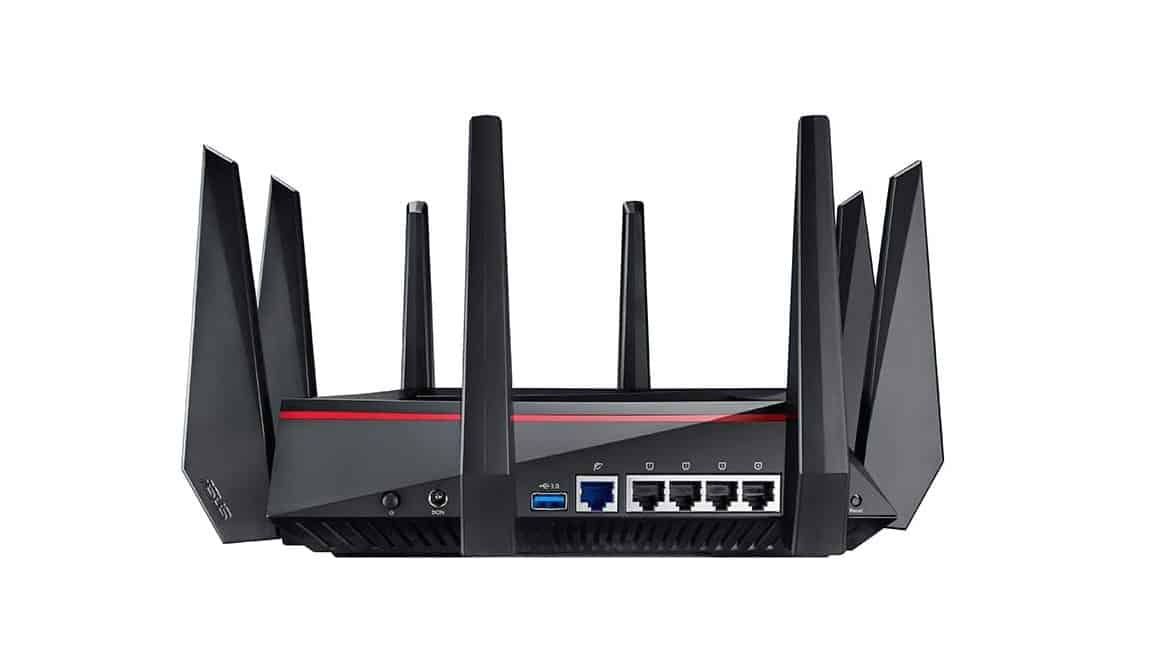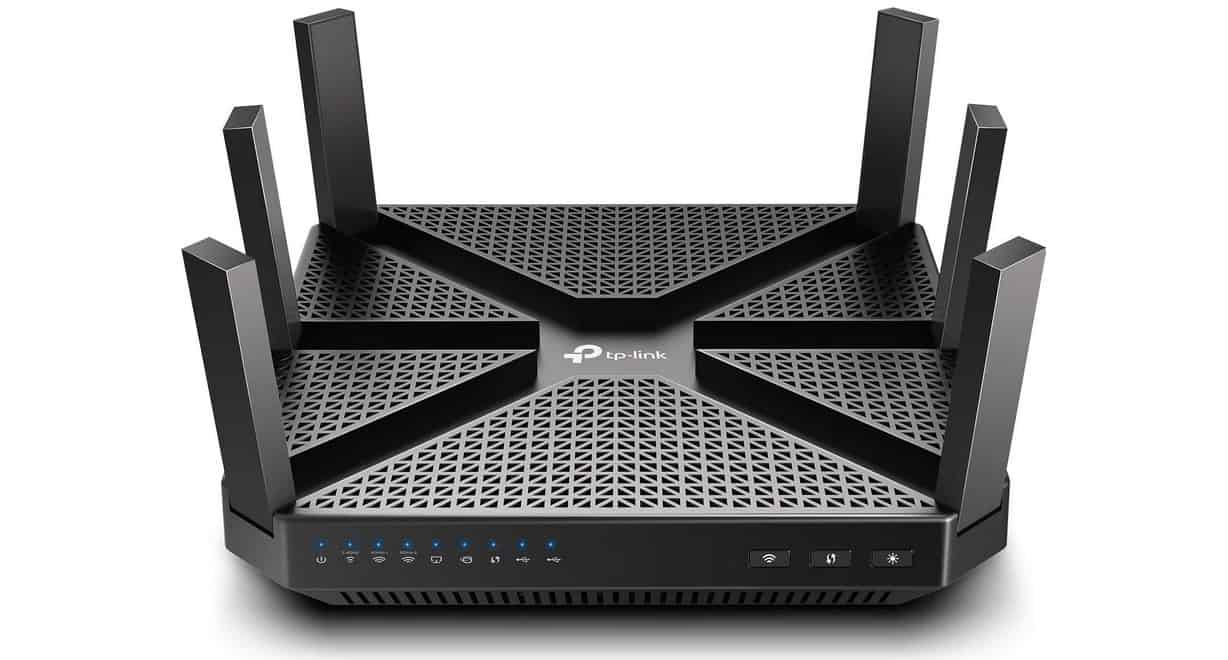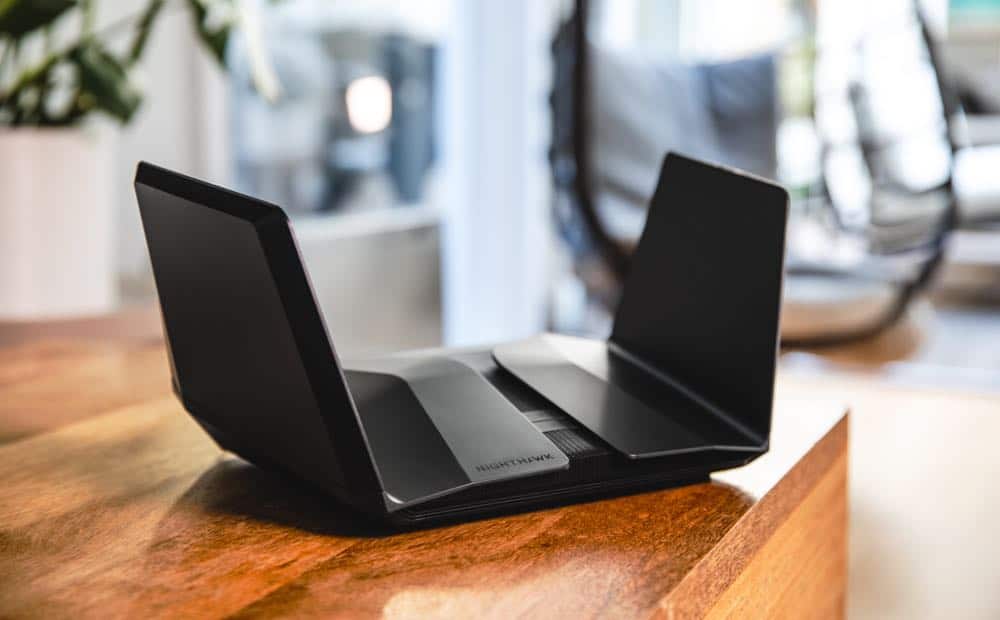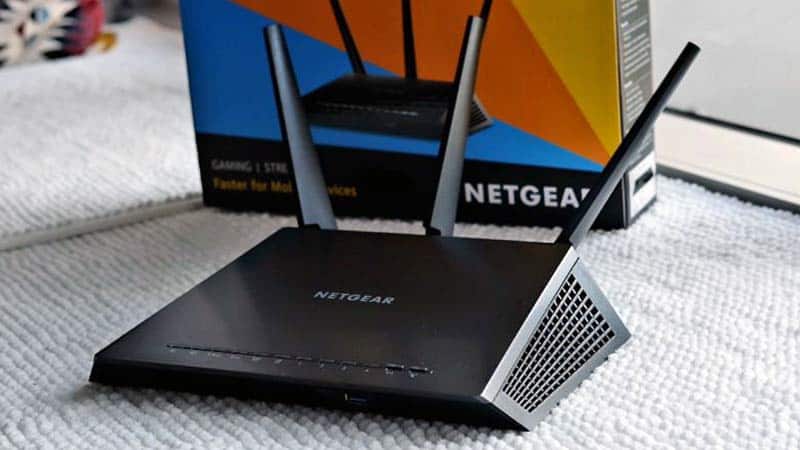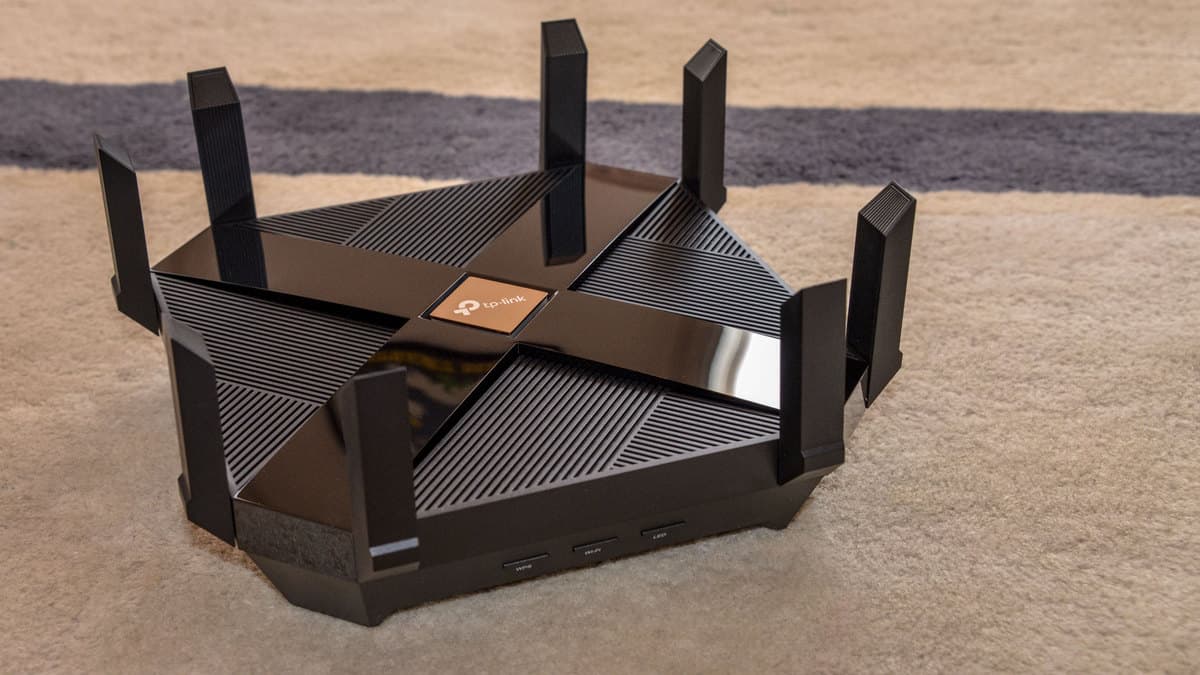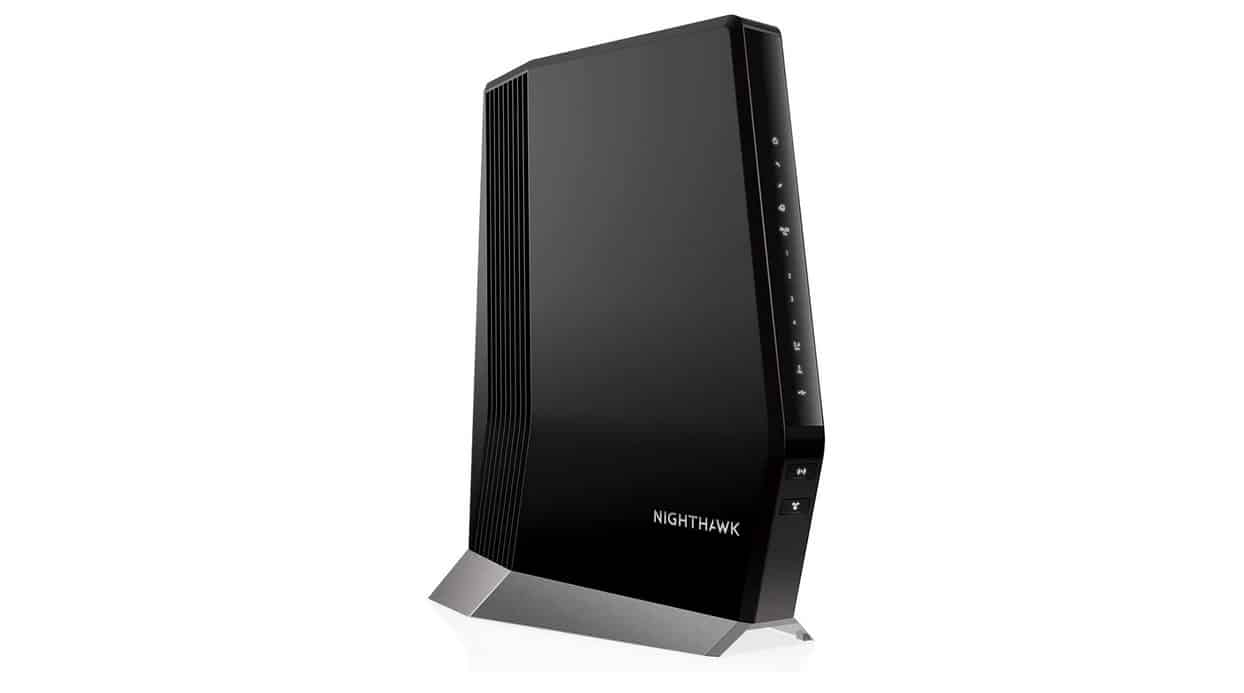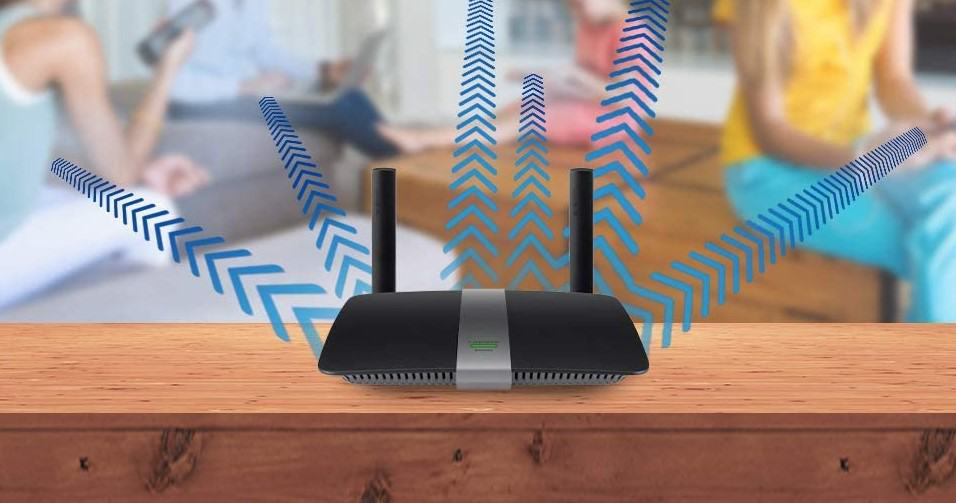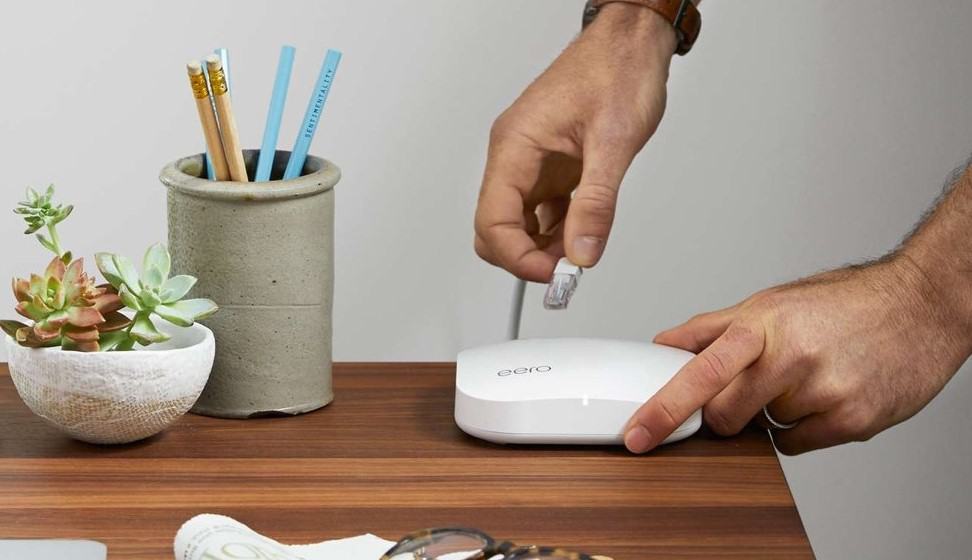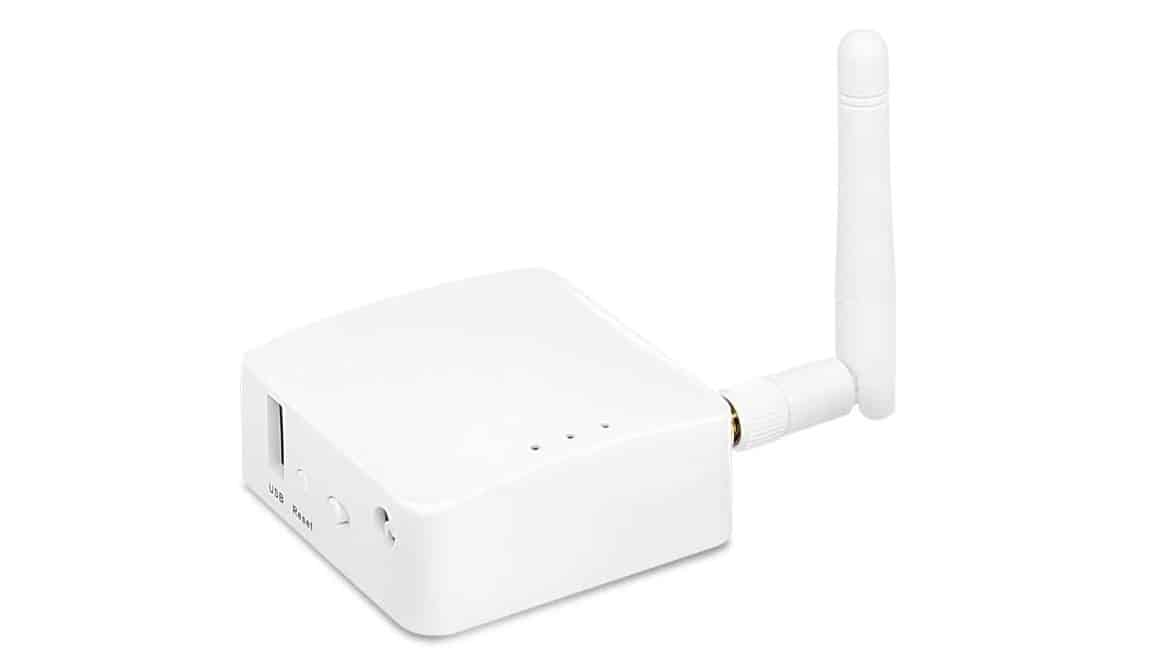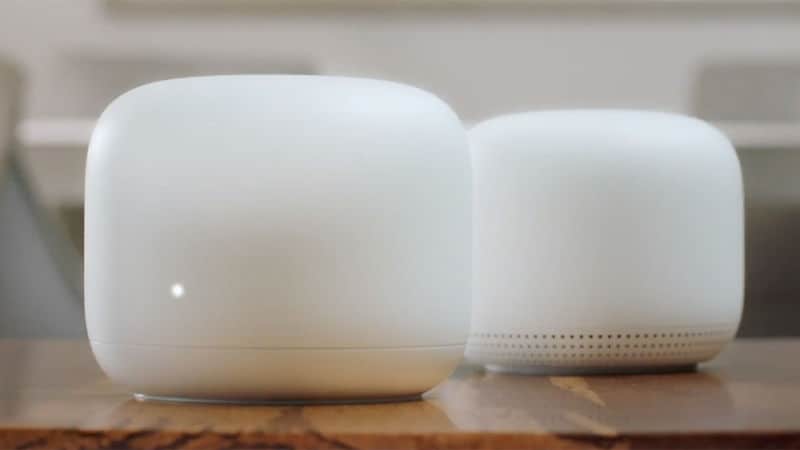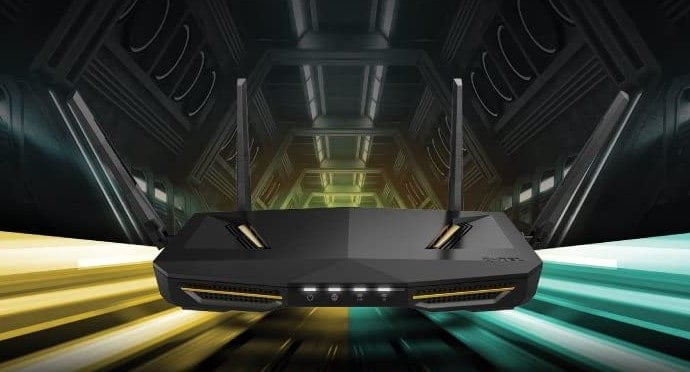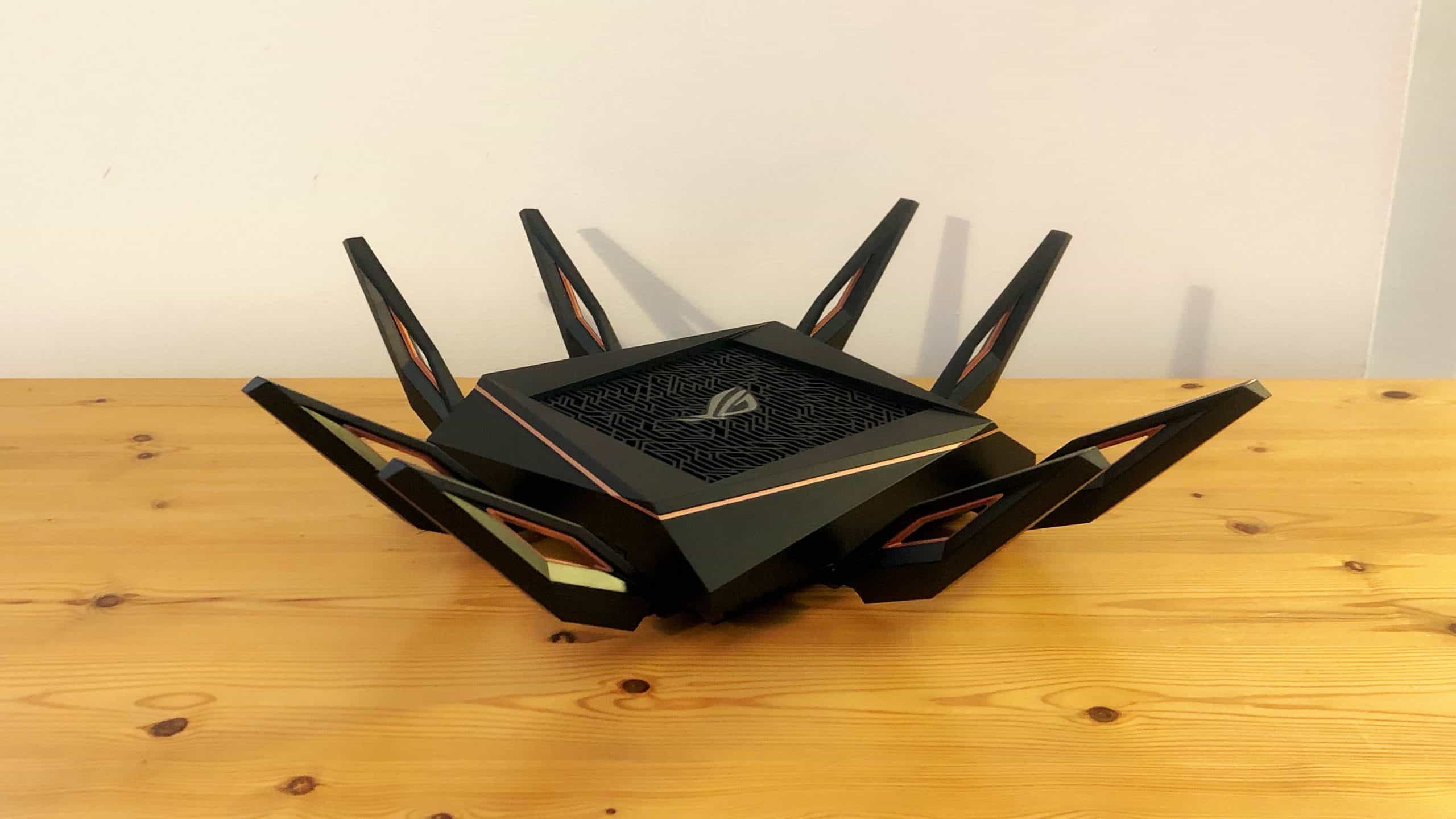While WiFi has undergone some tweaks to the specification over the years, making it work faster and more reliably, the future of WiFi very well could reside with a technology called Passive WiFi, where devices require thousands of times less electrical power to access the WiFi network.
Basics of How Passive WiFi Works
To understand what is Passive WiFi, it helps to understand what is a wireless router. When making use of WiFi on mobile devices, such as a smartphone, those devices need to make a connection with a router, which manages access to the network. But for the mobile devices, the power requirements to make that connection and send and receive data drains the battery more quickly than users would like.
Electrical engineering students at the University of Washington have developed a new type of hardware that could reduce the amount of power WiFi chips use by up to 10,000 times. Instead of using the full radio signal that WiFi devices use now for data transmissions, Passive WiFi makes use of a process called backscatter, where the signal is sent outside of the bounds of the primary radio channels. Passive sensors inside the device will allow for the constant monitoring for backscatter, but while using extremely low amounts of electrical power.
Think of Passive WiFi somewhat like RFID technology, which is an extremely lower power transmission technology, vastly different from the issue of how does WiFi work.
Passive WiFi With IoT
Passive WiFi has reached transmission speeds of 11Mb per second, which is faster than Bluetooth’s 1Mb per second, but trails traditional WiFi. So don’t expect Passive WiFi to appear as an option in the best wireless router and in mobile devices in the near future, as this technology currently remains in the exploratory stage.
But it has fans of the Internet of Things (IoT) excited about the possibilities, as IoT requires a low power method of transmitting data and commands between devices operating without constant human input.
“This type of technology is really meant to reduce the power consumption of the transmitter to enable IoT devices to send small amounts of data back and forth,” Georgia Tech Research Institute engineer Chris Valenta told Wired.
Many IoT devices don’t have the ability to use WiFi networks today, because of the amount of power required to send data via WiFi. But if Passive WiFi becomes a realistic option, the world of IoT will change dramatically.

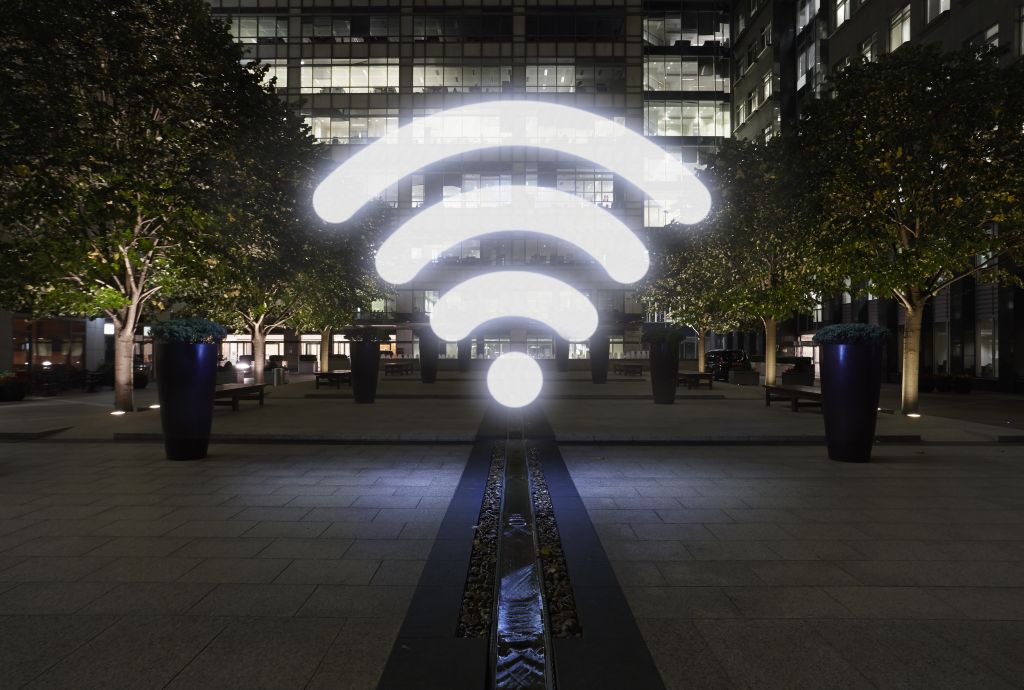













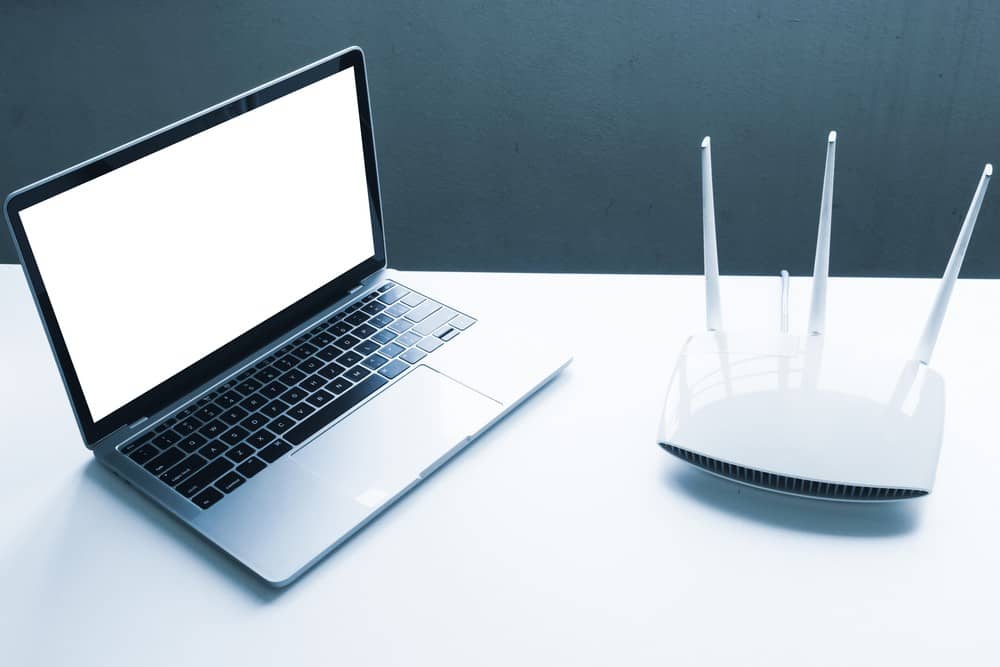
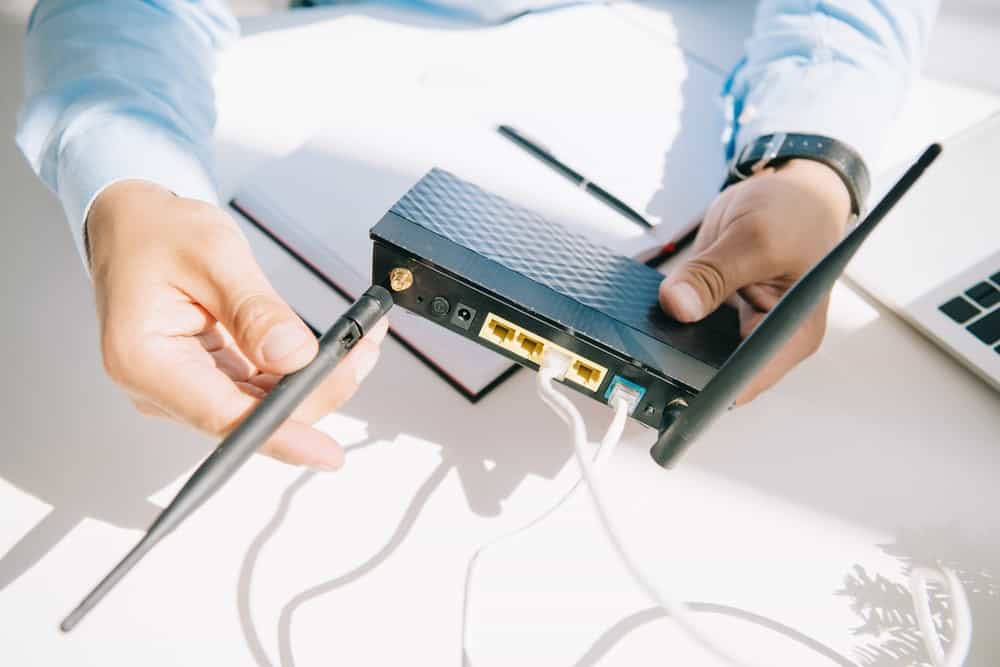
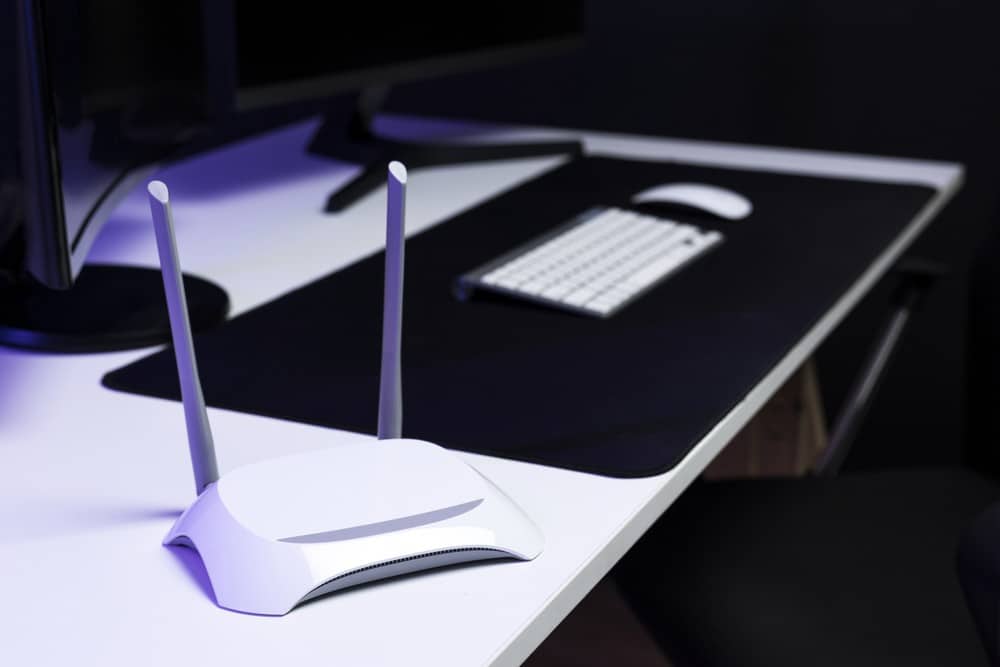
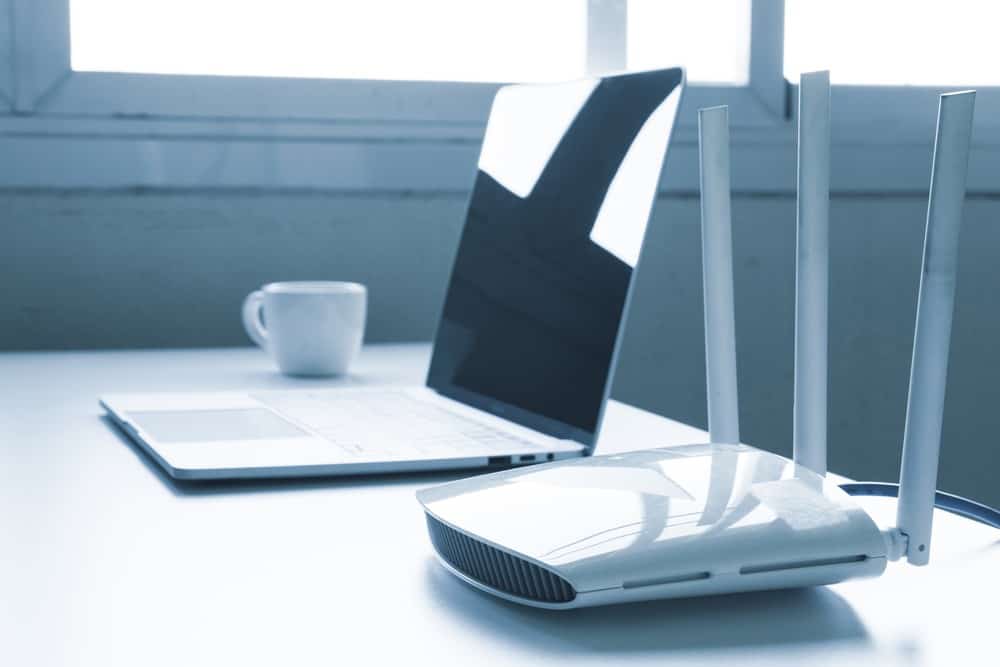

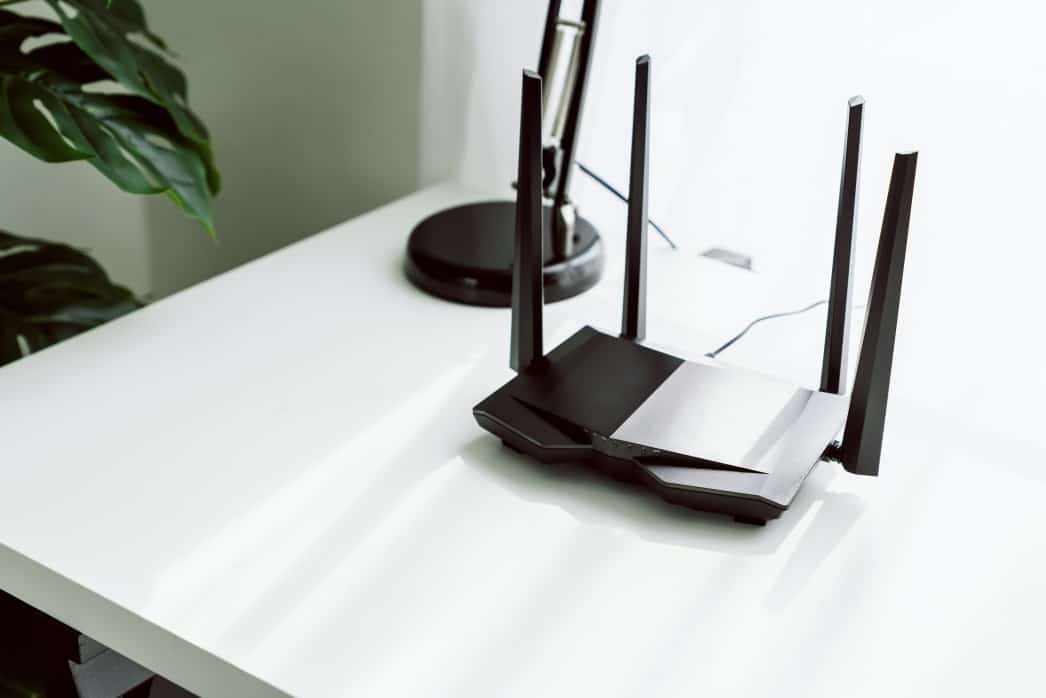
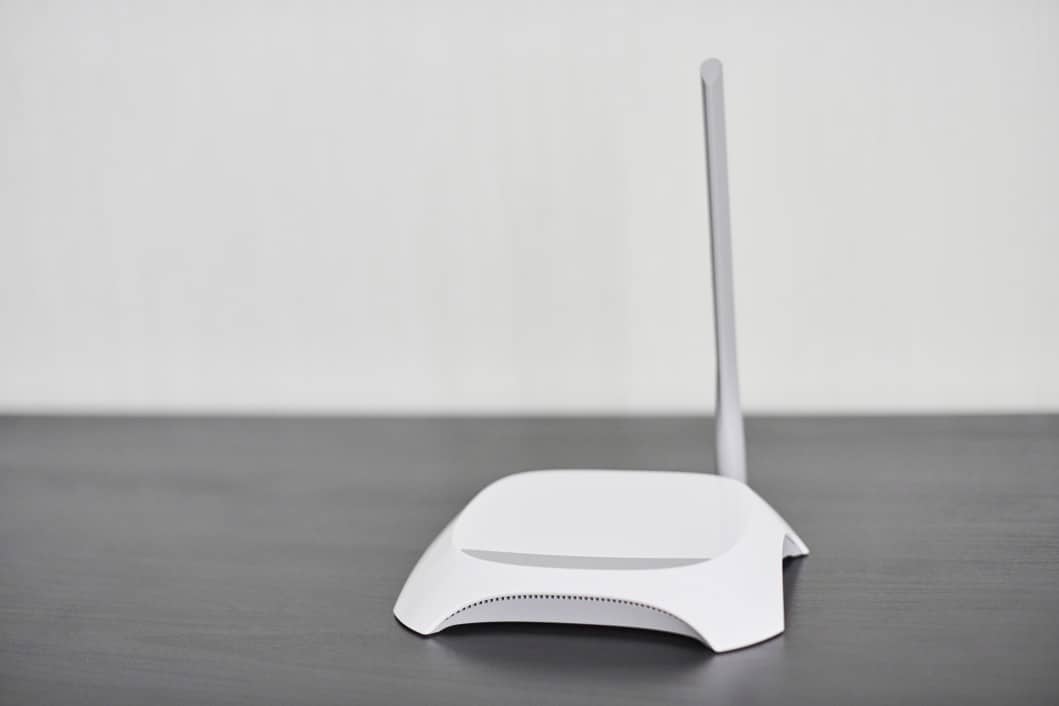
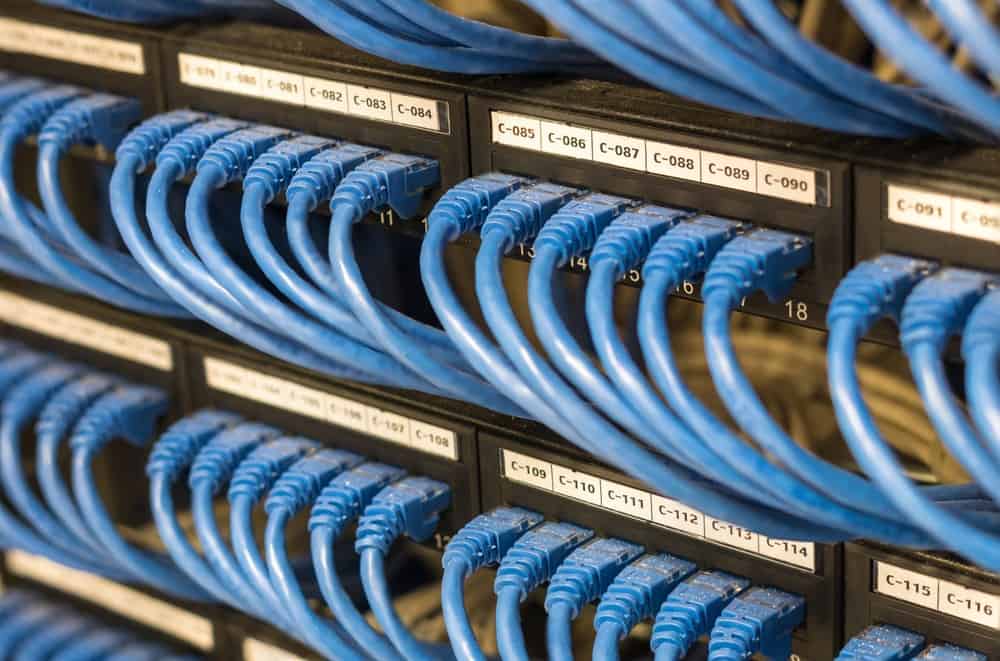
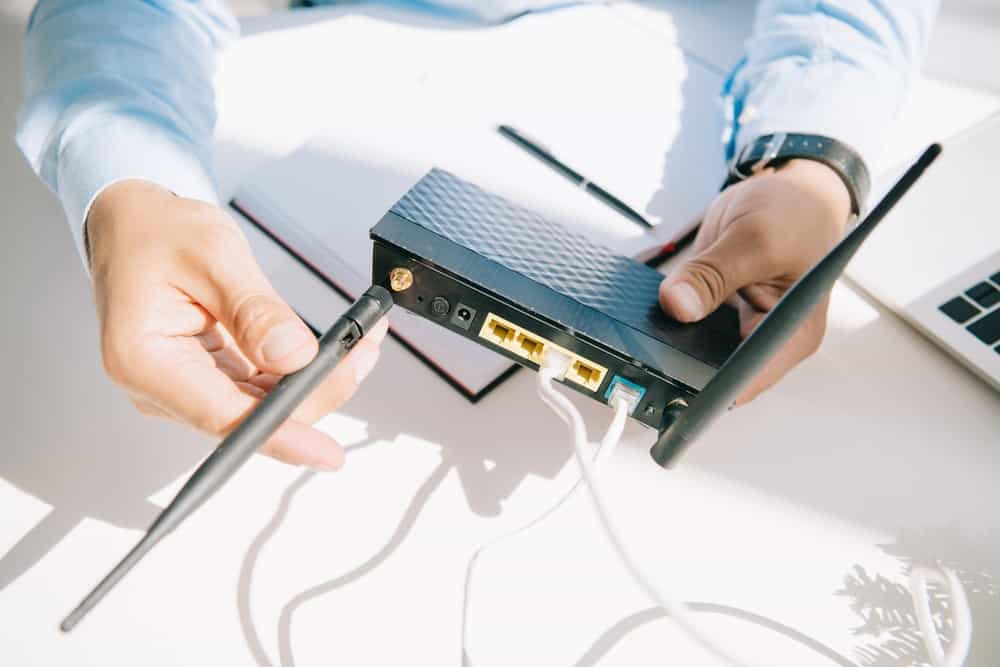
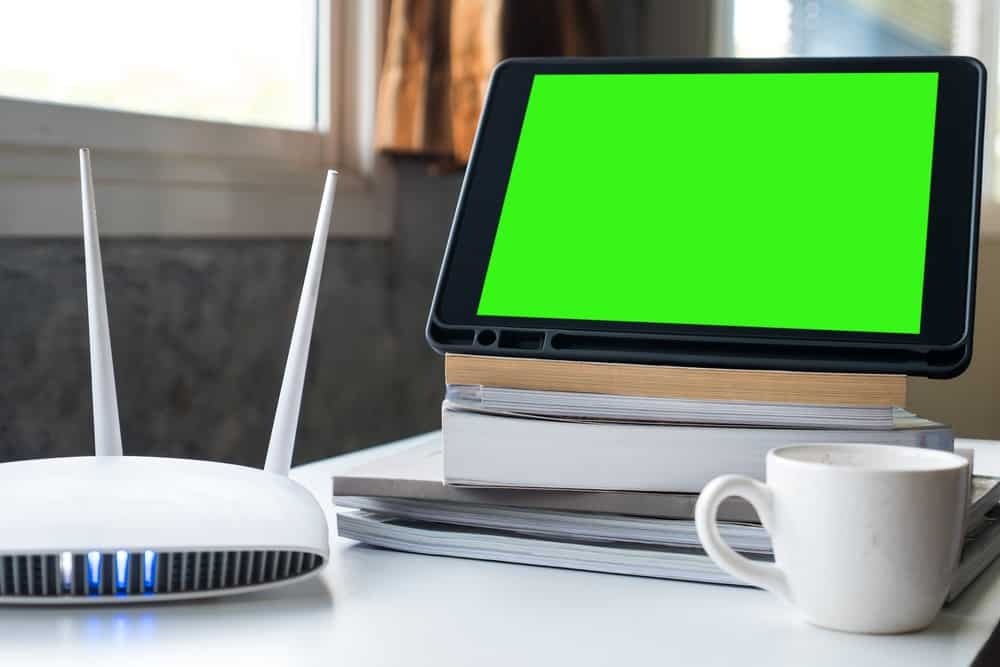
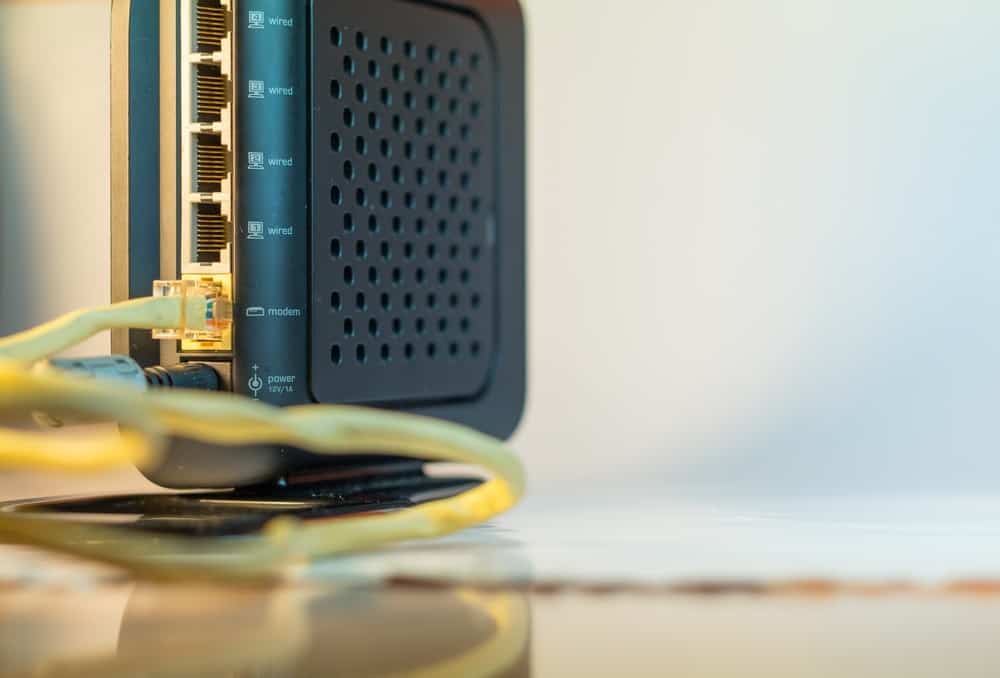

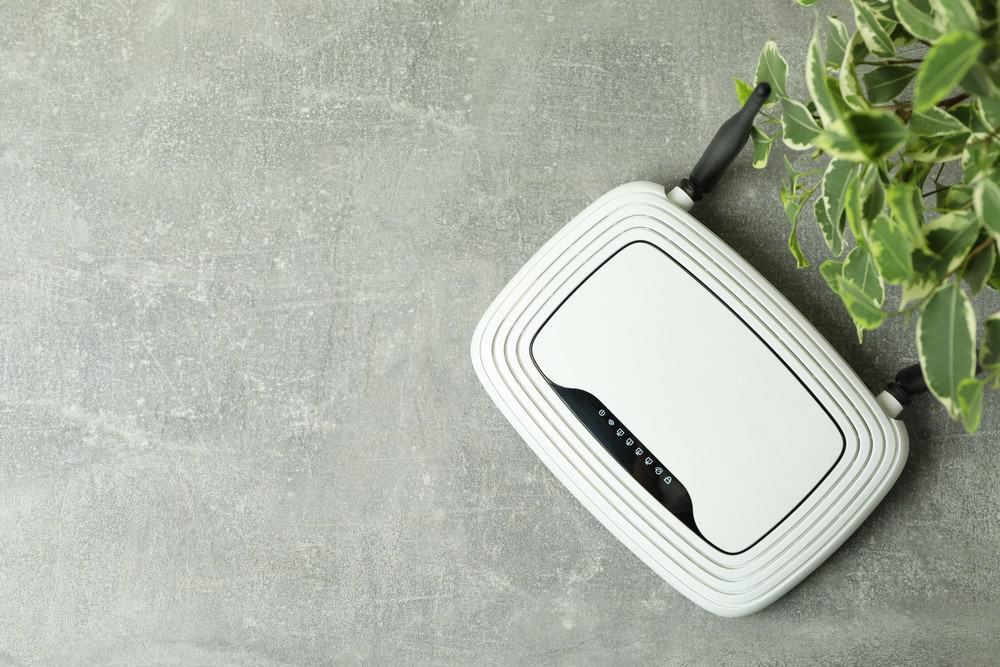
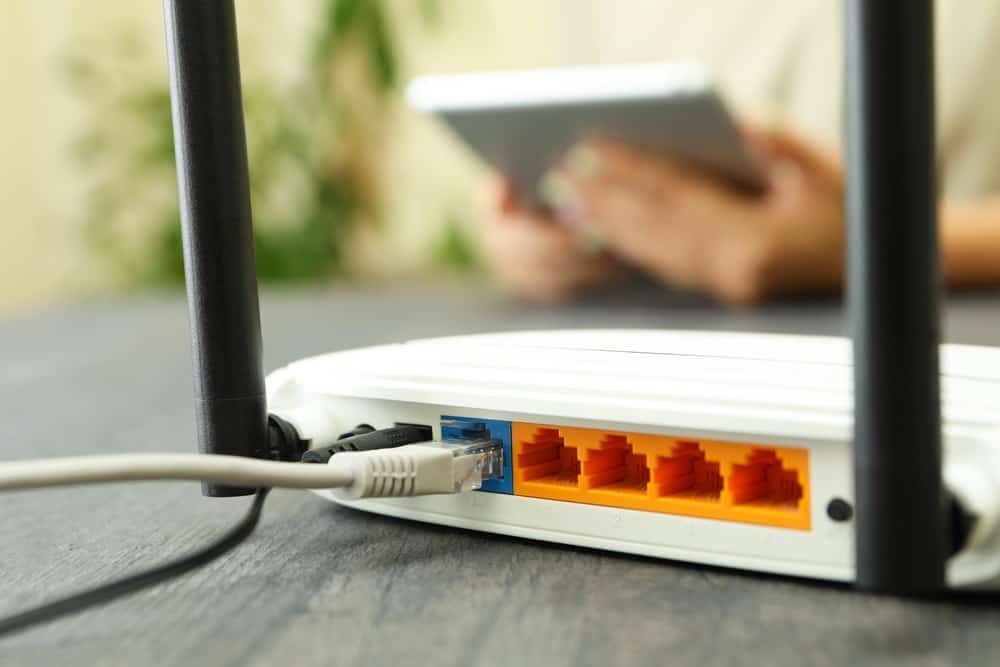
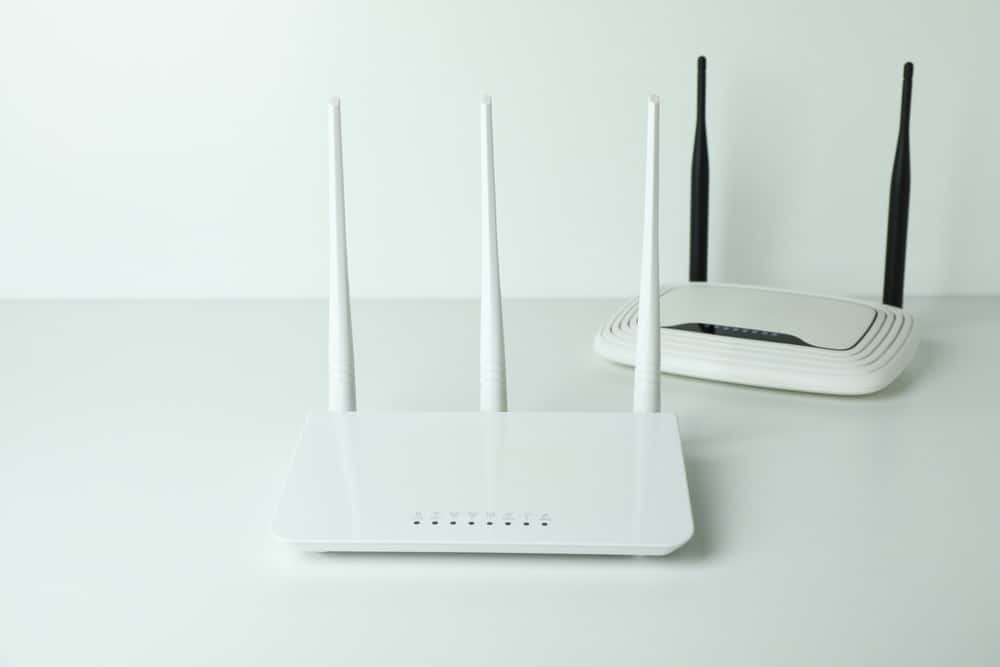
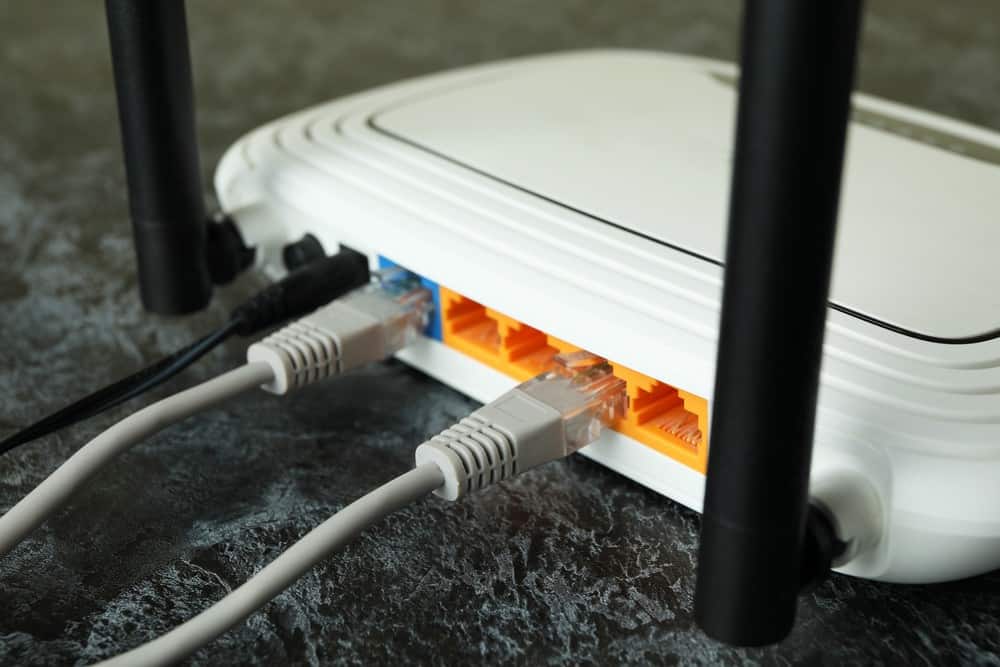
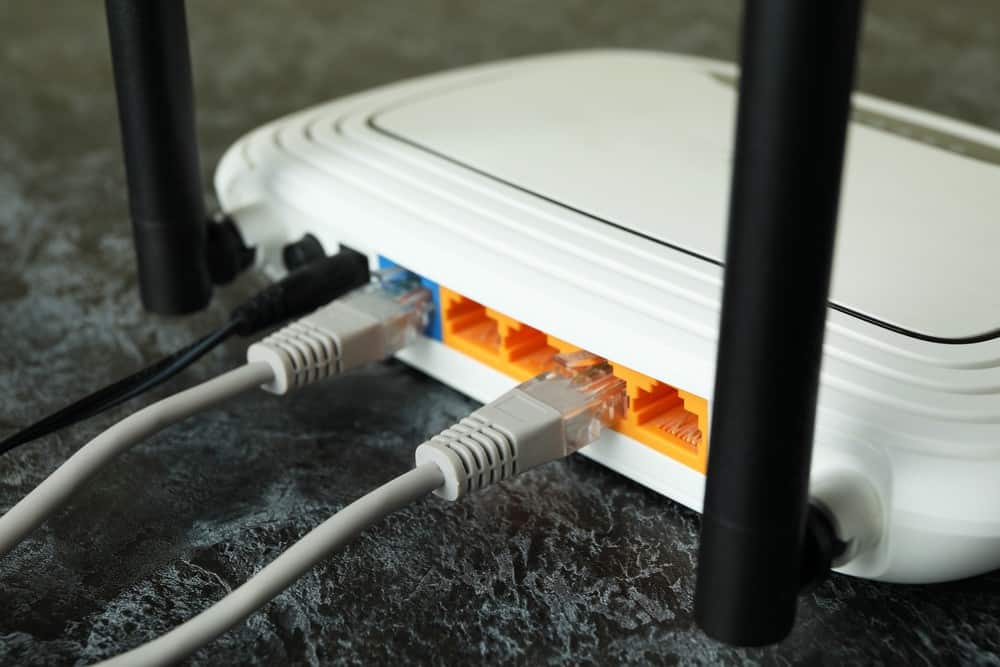
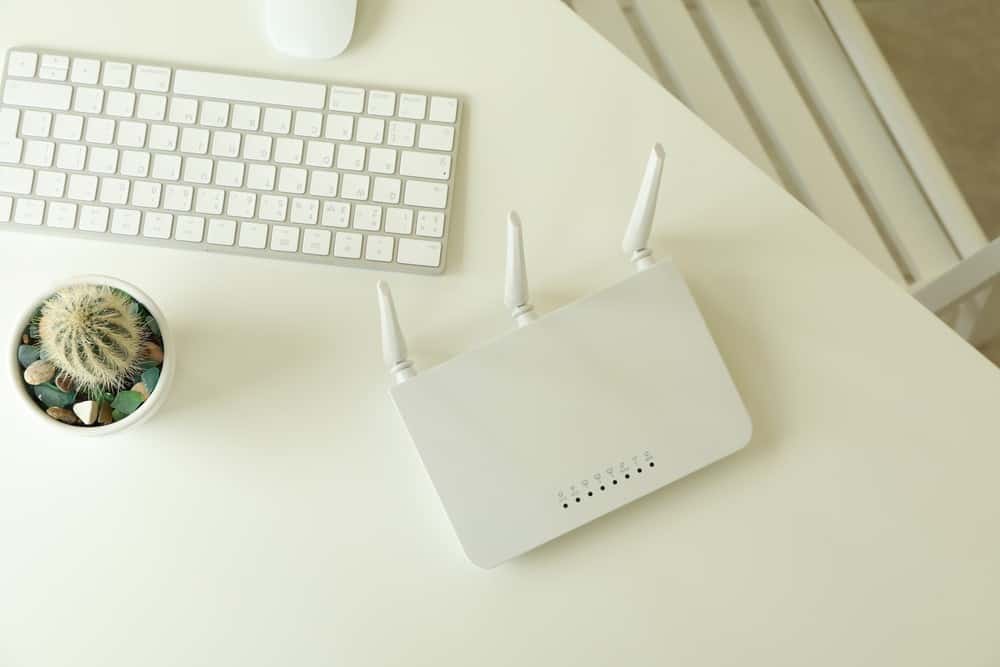
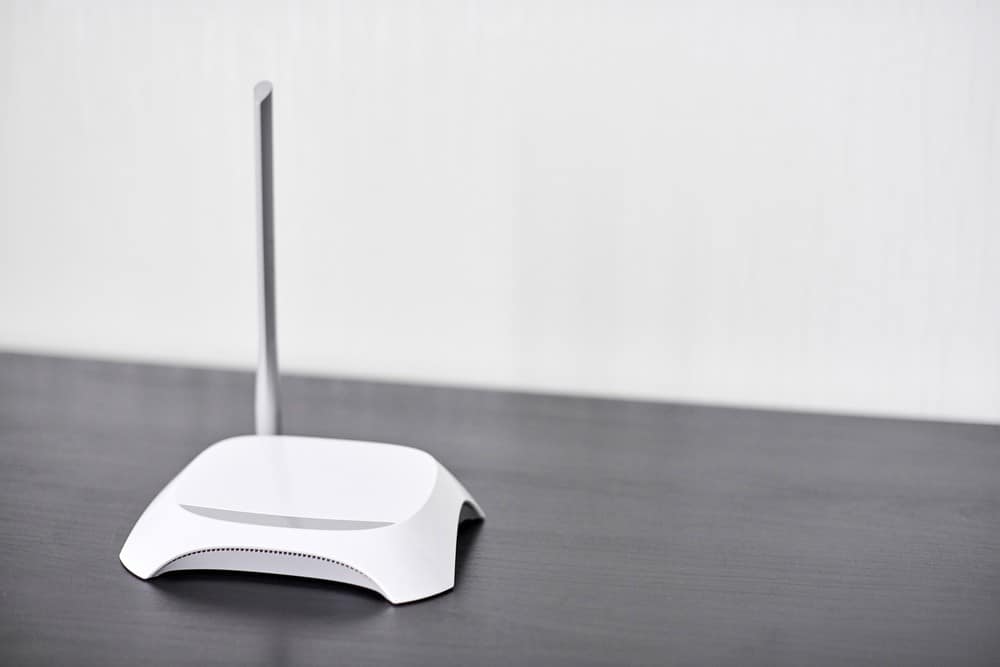
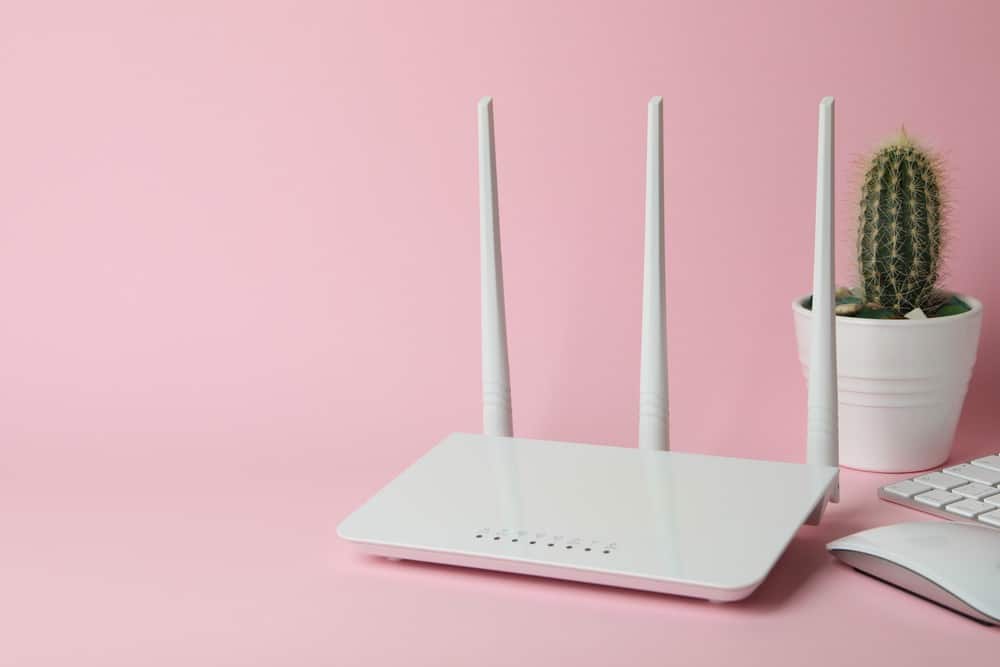
![Best BenQ Monitors in [year] 27 Best BenQ Monitors in 2025](https://www.gadgetreview.dev/wp-content/uploads/best-benq-monitor-image.jpg)
![Best Wifi Extenders For FiOS in [year] 28 Best Wifi Extenders For FiOS in 2025](https://www.gadgetreview.dev/wp-content/uploads/best-wifi-extender-for-fios-image.jpg)
![Best Fiber Optic Routers in [year] 29 Best Fiber Optic Routers in 2025](https://www.gadgetreview.dev/wp-content/uploads/best-fiber-optic-router-image.jpg)
![Best VoIP Routers in [year] 30 Best VoIP Routers in 2025](https://www.gadgetreview.dev/wp-content/uploads/best-voip-router-image.jpg)
![Best Routers for 200Mbps in [year] 31 Best Routers for 200Mbps in 2025](https://www.gadgetreview.dev/wp-content/uploads/best-router-for-200mbps-image.jpg)
![Best Routers for Optimum in [year] 32 Best Routers for Optimum in 2025](https://www.gadgetreview.dev/wp-content/uploads/best-router-for-optimum-image.jpg)
![Best Routers for Apple in [year] 33 Best Routers for Apple in 2025](https://www.gadgetreview.dev/wp-content/uploads/best-router-for-apple-image.jpg)
![Best Routers for Frontier FIOS in [year] 34 Best Routers for Frontier FIOS in 2025](https://www.gadgetreview.dev/wp-content/uploads/best-router-for-frontier-fios-image.jpg)
![Best Secure Routers in [year] 35 Best Secure Routers in 2025](https://www.gadgetreview.dev/wp-content/uploads/best-secure-router-image.jpg)
![Best Routers for Google Fiber in [year] 36 Best Routers for Google Fiber in 2025](https://www.gadgetreview.dev/wp-content/uploads/best-router-for-google-fiber-image.jpg)
![Best Routers for Cox in [year] 37 Best Routers for Cox in 2025](https://www.gadgetreview.dev/wp-content/uploads/best-router-for-cox-image.jpg)
![Best Asus Routers in [year] 38 Best Asus Routers in 2025](https://www.gadgetreview.dev/wp-content/uploads/best-asus-routers-image.jpg)
![Best Linksys Routers in [year] 39 Best Linksys Routers in 2025](https://www.gadgetreview.dev/wp-content/uploads/best-linksys-routers-image.jpg)
![Best Routers for CenturyLink in [year] 40 Best Routers for CenturyLink in 2025](https://www.gadgetreview.dev/wp-content/uploads/best-router-for-centurylink-image.jpg)
![Best WiFi Routers for Multiple Devices in [year] 41 Best WiFi Routers for Multiple Devices in 2025](https://www.gadgetreview.dev/wp-content/uploads/best-wifi-router-for-multiple-devices-image.jpg)
![Best Wired Routers in [year] 42 Best Wired Routers in 2025](https://www.gadgetreview.dev/wp-content/uploads/best-wired-router-image.jpg)
![Best Routers for 4K Streaming in [year] 43 Best Routers for 4K Streaming in 2025](https://www.gadgetreview.dev/wp-content/uploads/best-router-for-4k-streaming-image.jpg)
![Best Cisco Routers in [year] 44 Best Cisco Routers in 2025](https://www.gadgetreview.dev/wp-content/uploads/best-cisco-routers-image.jpg)
![Best eero Routers in [year] 45 Best eero Routers in 2025](https://www.gadgetreview.dev/wp-content/uploads/best-eero-routers-image.jpg)






